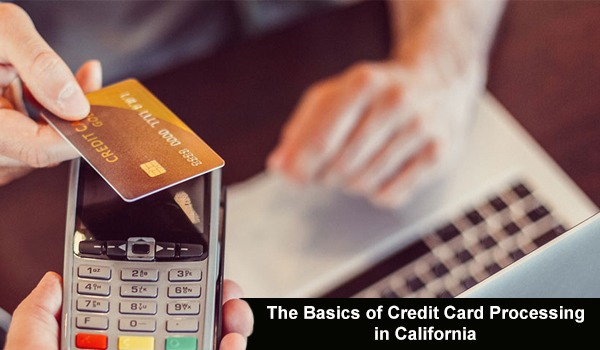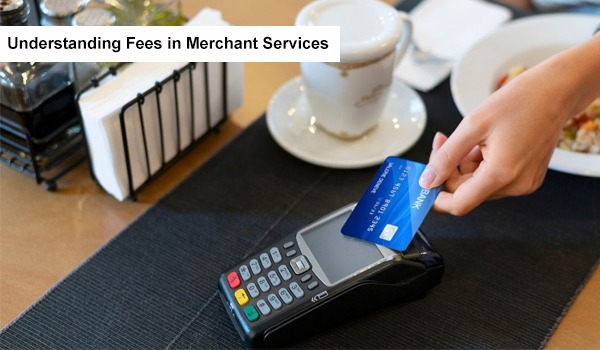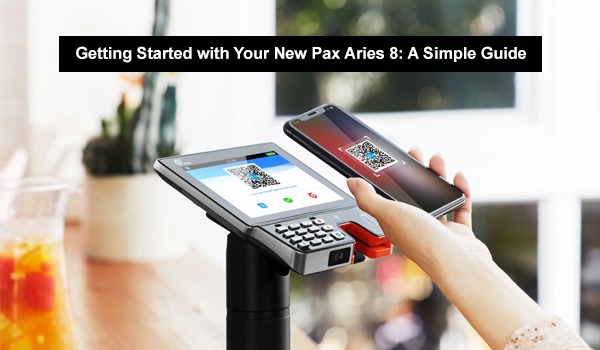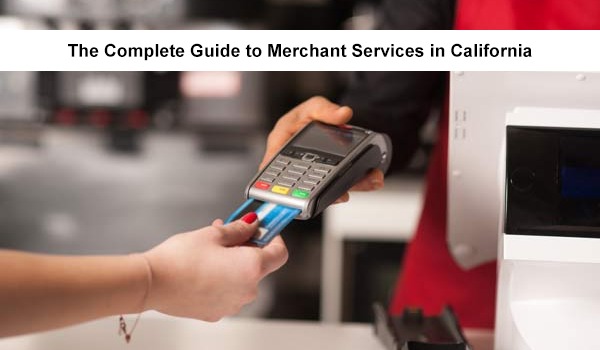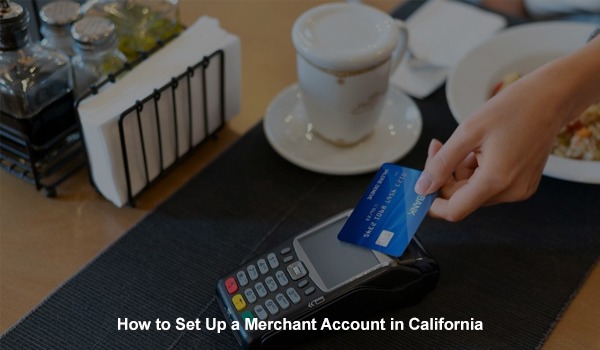
Introduction
Setting up a merchant account in California is essential for businesses looking to accept credit and debit card payments. Whether you're starting a new business or expanding your payment options, understanding the process can help you avoid pitfalls and ensure a smooth setup. This guide will walk you through the necessary steps, requirements, and considerations to successfully establish a merchant account in California.
Understanding Merchant Accounts
What is a Merchant Account?
A merchant account is a specialized banking account that allows businesses to process payments made via credit and debit cards. This account acts as an intermediary between the business’s bank account and the customer’s payment method. It facilitates the processing of transactions, ensuring that funds are transferred from the customer's account to the business's account securely and efficiently.
Types of Merchant Accounts
Retail Merchant Accounts: For brick-and-mortar stores. E-commerce Merchant Accounts: For online businesses. Mobile Merchant Accounts: For businesses that accept payments on the go. MOTO Merchant Accounts: For mail order/telephone order businesses.
Assessing Your Business Needs
Identify Your Payment Methods
Before setting up a merchant account, determine the types of payment methods you want to accept. Common options include credit and debit cards, e-checks, and digital wallets like Apple Pay and Google Wallet. Understanding your customers' preferences can help you choose the right merchant account provider.
Volume and Frequency of Transactions
Consider the volume and frequency of transactions your business processes. High-volume businesses might need a different setup compared to low-volume businesses. This assessment will help you negotiate better terms with your merchant account provider.
Choosing the Right Merchant Account Provider
Research Providers
Conduct thorough research to find reputable merchant account providers in California. Look for providers that offer transparent pricing, reliable customer support, and robust security measures. Some well-known providers include PayPal, Square, and Stripe.
Compare Fees and Contracts
Merchant accounts often incur various fees, such as transaction fees, monthly fees, setup fees, and chargeback fees. Compare the fee structures and contract terms of different providers to find the best fit for your business. Be cautious of long-term contracts that come with significant early termination fees.
Meeting the Requirements
Business Documentation
To set up a merchant account, you’ll need to provide various business documents. These typically include:
- Business License
- Employer Identification Number (EIN)
- Articles of incorporation or business registration documents
- Voided business check
- Financial statements
Personal Documentation
In addition to business documents, personal identification and information of the business owner(s) are required. This may include:
- Government-issued ID (driver's license or passport)
- Social Security Number (SSN)
- Personal bank statements
Applying for a Merchant Account
Complete the Application
Once you've chosen a provider and gathered the necessary documents, complete the application process. This can usually be done online. To prevent delays, it's crucial to ensure that all information provided is both accurate and complete.
Underwriting Process
After submitting your application, it will go through an underwriting process where the provider assesses the risk of offering you a merchant account. This process may involve a credit check and a review of your business’s financial health.
Approval and Setup
If your application is approved, the provider will set up your merchant account. You’ll receive instructions on how to integrate the payment processing system with your business operations, whether it's a POS system for a physical store or a payment gateway for an online store.
Integrating Payment Processing Systems
Point of Sale (POS) Systems
If you operate a brick-and-mortar store, integrating a POS system with your merchant account is crucial. Modern POS systems not only process payments but also offer features like inventory management, sales tracking, and customer relationship management. Choose a POS system compatible with your merchant account to streamline operations.
Payment Gateways for Online Stores
For e-commerce businesses, a payment gateway is essential for processing online transactions. The payment gateway connects your online store to the merchant account, ensuring secure payment processing. Popular options include PayPal, Stripe, and Authorize.net. Ensure the payment gateway you choose is compatible with your website platform and provides robust security features.
Training Staff and Managing Customer Support
Staff Training
Once your merchant account and payment processing systems are set up, it's important to train your staff on how to use them effectively. This includes understanding how to process payments, handle refunds, and troubleshoot common issues. Well-trained staff can enhance customer experience and ensure smooth transactions.
Customer Support
Provide excellent customer support to address any payment-related issues your customers might encounter. This includes having a dedicated support team or a reliable support service from your merchant account provider. Prompt and effective customer support can build trust and encourage repeat business.
Ensuring Compliance and Security
PCI Compliance
Compliance with the Payment Card Industry Data Security Standard (PCI DSS) is essential for safeguarding cardholder data. Ensure your business complies with these standards to avoid penalties and enhance customer trust.
Implement Fraud Prevention
Measures Implement robust security measures to prevent fraud. This includes using encryption, tokenization, and secure payment gateways. Educate your staff on best practices for handling sensitive payment information.
Regular Security Updates
Maintaining security in a constantly evolving digital landscape requires regular updates and patches. Virtual terminal services typically ensure that their systems are consistently updated to counter new security threats. This proactive approach helps safeguard your business from emerging vulnerabilities and keeps your customers' payment information secure.
Optimizing Your Merchant Account Performance
Monitor Transaction Analytics
Regularly review transaction analytics provided by your merchant account. These insights can help you understand sales trends, identify peak transaction times, and detect any unusual activity. Leveraging this data can help you make informed decisions to optimize your payment processes and improve business performance.
Continuous Improvement
Stay updated with the latest advancements in payment processing technology and continuously seek ways to enhance your merchant account setup. This could include integrating new payment methods, upgrading your POS systems, or implementing additional security features. Continuous improvement ensures your business remains competitive and capable of providing the best customer experience.
Conclusion
Setting up a merchant account in California involves several critical steps, from understanding what a merchant account is to ensuring compliance and security. By carefully assessing your business needs, choosing the right provider, and meeting all requirements, you can streamline the process and start accepting payments efficiently.
Additionally, integrating the right payment processing systems and providing thorough staff training can further enhance your operations. Remember, a well-set-up merchant account not only facilitates smooth transactions but also enhances customer satisfaction and boosts your business’s credibility. Take the time to research, compare, and choose the best options available to set your business up for success in the competitive California market. With the right approach, you can position your business to thrive and grow, providing seamless payment experiences for your customers.
